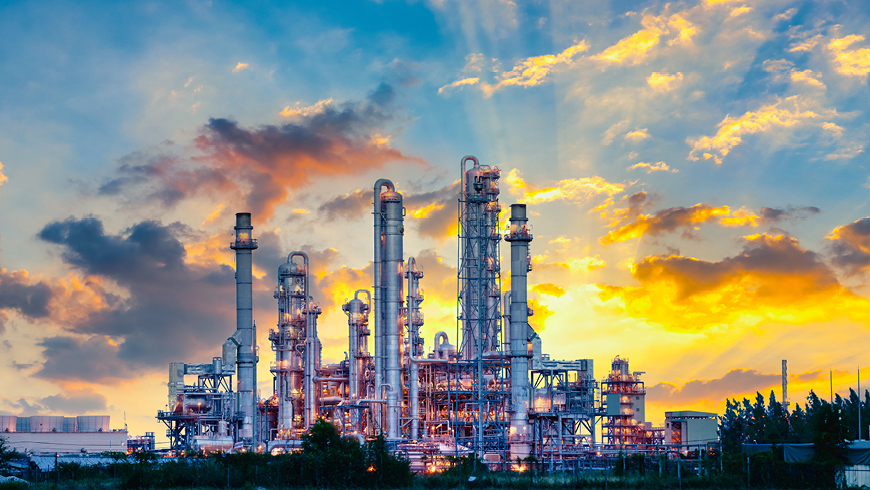Containment of HFC-23 emissions

Researchers from Empa, the University of Bristol and TNO investigated emissions of the extremely climate-damaging gas HFC-23 from Teflon and coolant production. Despite positive developments, their results show that global reduction measures are not yet being implemented across the board.
Hydrofluorocarbons (HFCs) are among the most potent greenhouse gases, and HFC-23 is the most potent of them all. One kilogram of HFC-23 causes the same warming in the atmosphere as 12,000 kilograms of CO₂ and remains in the atmosphere for around 200 years. As part of the Kigali Amendment to the Montreal Protocol, over 150 countries have committed to drastically reducing emissions of HFC-23. The main sources of this gas are the industrial production of coolants and polytetrafluoroethene (PTFE), better known as Teflon.
Since 2020, Teflon manufacturers have been required to destroy HFC-23 before it can be released into the atmosphere. The reported emissions show progress. according to official figures, only 2,000 tons of HFC-23 were released worldwide in 2020. However, actual measurements indicate around 16,000 tons, which shows a significant discrepancy.
New findings from tracer gas measurements
In order to explain this difference, researchers from Empa, the University of Bristol and TNO investigated HFC-23 emissions from a Teflon factory in the Netherlands. Their results, which were published in the scientific journal Nature, are based on an innovative method. The researchers released a tracer gas that does not occur in the atmosphere and is rapidly degraded. They recorded the concentrations of HFC-23 at a distance of 25 kilometers and compared them with the tracer values. In this way, they were able to precisely calculate the actual emissions from the factory.
The results show that the factory’s emissions are higher than the reported figures, but still low. “The containment measures are working well, but there is potential for optimization,” explains Martin Vollmer from Empa. Co-author Kieran Stanley from the University of Bristol summarizes: “The results are encouraging and show that emissions of HFC-23 can be significantly reduced with the right measures.”
Global challenges in the reduction of HFC-23
The study makes it clear that the containment of HFC-23 is technically possible, but is not consistently implemented everywhere. “The high emissions measured in the atmosphere indicate that the measures reported do not always correspond to reality,” warns Vollmer. The researchers are calling for independent reviews of emissions from the production of fluoropolymers and refrigerants in order to close the gaps in our understanding of the sources of emissions and ensure that international climate agreements are adhered to.
Next steps in research
In October 2024, a further study will be carried out in Seoul to measure emissions of halogenated substances in the South Korean capital. This method could also be useful for monitoring other greenhouse gases. “Through continuous monitoring and precise measurements, we can better identify the sources of emissions and make emission reduction measures more effective,” says Arnoud Frumau from TNO.